'We have to be really careful about the unlocking of the city.'
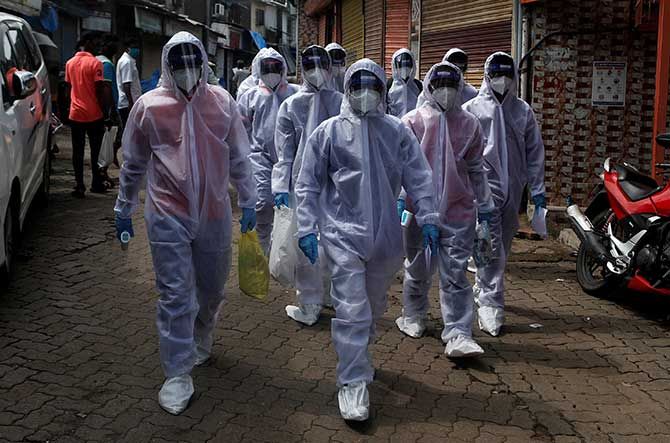
Dr Trupti Gilada, an infectious disease specialist with Prince Aly Khan Hospital, Masina Hospital and the Unison Medicare and Research Centre, believes COVID-19 numbers will keep rising in Mumbai for yet another four to six weeks.
The case curve in the city will not flatten till late July or the start of August, Dr Gulada told Rediff.com last week. And normalcy, albeit a COVID-19-dominated novel 'normal', will not arrive till August or beyond.
For now, the scenario in Mumbai, Dr Gilada, says, will only get worse and worse as hospitals get impossibly overloaded, ICU beds remain unavailable and deaths distressingly multiply.
"People need to understand: We are still in that danger zone, probably in more danger now, when we are all going to be outside," Dr Gilada tells Vaihayasi Pande Daniel/Rediff.com.
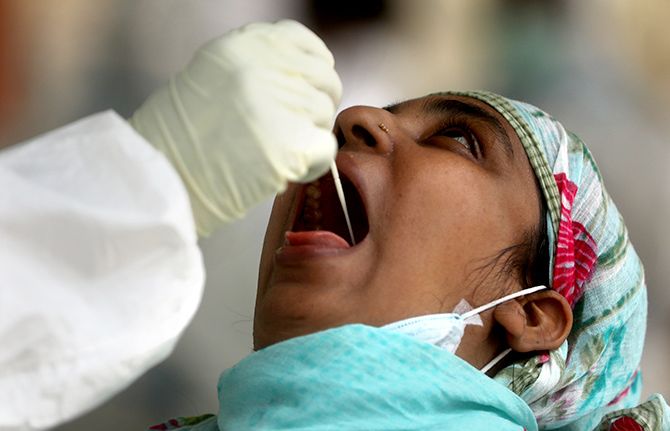
What is the state of affairs with testing in Mumbai at the moment?
Is it better than what it was before?
We definitely have improved on testing from what we were two months back, which isn't surprising, because we should have ramped up testing.
Yet, we are not there where we should be.
There were two or three major things that happened over the last week (or fortnight) in terms of testing.
One, the Maharashtra government slashed the rates of testing.
From Rs 4,500 to Rs 2,800 and Rs 2,200, if the samples were delivered to the lab, which is half of what it was.
For someone to shell out Rs 4,500 -- and a lot of times there are more than one family member needing to get tested -- is like a big burden on a family.
With those rates being slashed, more and more people should be able to access the testing. That's definitely a plus.
The BMC (BrihanMumbai Municipal Corporation) had said it would want the turnaround time to be not more than 24 hours and the turnaround time was some two to three days and there still were some delays.
I am not sure whether that was the best thing to do when we really needed to keep our testing high.
I don't know if there was a better way to have handled it. But it is what it is. We definitely needed more testing, but right now that number has come down.
I understand they are trying to ramp up testing in government hospitals.
But we definitely have not tested in the way that we still should have.
The other issue is that for the last one month, there aren't many labs doing home testing for COVID-19.
There are extremely few collection centres.
Even the labs that are functioning have extremely few collection centers.
With home testing for COVID-19 and multiple collection centres, people will go in for testing more easily. But with no home testing available and some labs having only four or five collection centres in this entire big city of Mumbai, that definitely decreases accessibility to testing.
So, we have brought down the rates, but the city will have to definitely come up with a strategy to either have mobile testing vans, like a lot of countries did, or to have multiple collection booths. Even if the test might be running in only a few labs, they will have to have several collection centres just to make testing more accessible.
But even though we have gone up on testing, there are a good number of patients who actually are COVID-19 patients, but might not be testing positive and might not go into the actual count of COVID-19.
So the numbers (in the city) are definitely an under-estimate of what the real numbers of COVID-19 are. That's probably true for all cities.
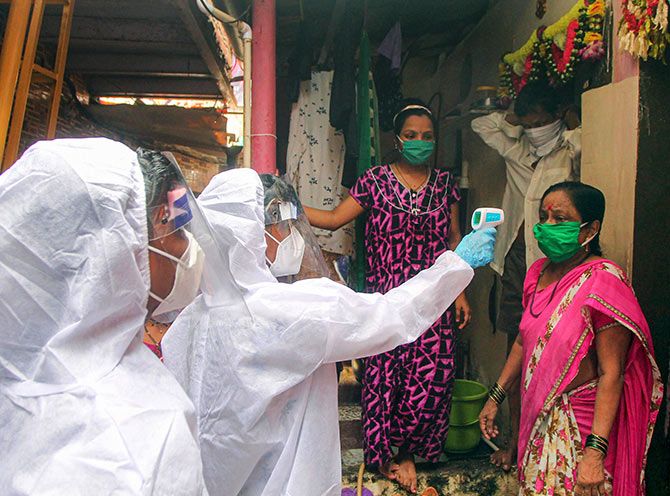
When should one test?
Ideally, test within Day 5 to Day 10 of a known (instance) of exposure if asymptomatic. But if already symptomatic, can be done earlier as well.
But if someone is facing daily exposure or unsure when s/he was directly exposed, when should s/he test?
As soon as they are symptomatic. Once there is fever, the test can be done.
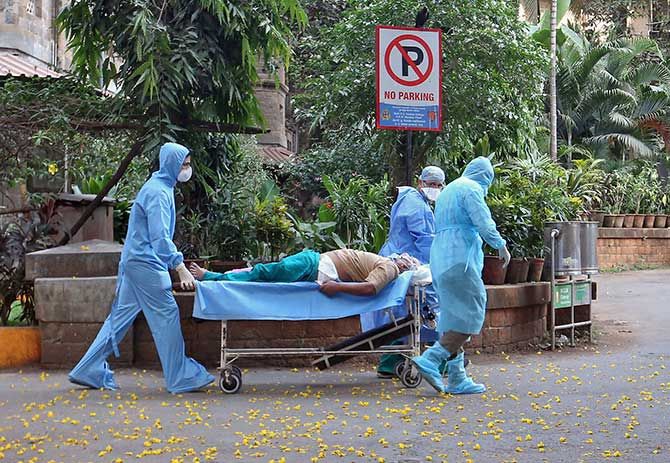
Apart from testing, what are the other aspects of the Mumbai situation that have changed or improved?
The other thing that all hospitals are learning, is that, earlier, a lot of times, especially many private hospitals were only taking in patients with a COVID-19 positive report.
But now, a lot of hospitals have started taking in patients who might either have tested COVID-19 negative, but all their signs and symptoms definitely look like COVID-19 or they don't even have a COVID-19 positive report to begin with.
They will take the patient in for treatment because the patient clearly looks like a COVID-19 patient
That's definitely a good sign because I think earlier what was happening was that these COVID-19 suspects were neither finding a place in a COVID-19 hospital or a hospital that was taking non-COVID-19 patients.
They were just stranded in between.
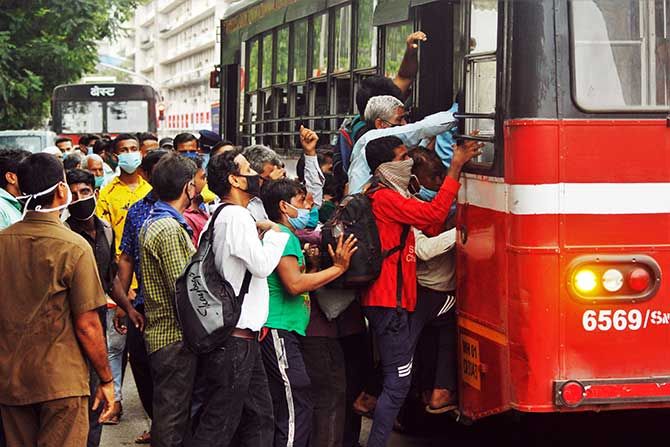
Is there any other facet of the city's COVID-19 condition where you would have insights to offer?
We have to be really careful about the unlocking of the city.
Especially with offices opening up and people now commuting, people will really need to understand a lot of aspects of the disease.
We have seen that with lifting of the lockdown -- most of the people do understand what physical distancing is.
We know practicing physical distancing in Mumbai is difficult.
Having said that, I think there are enough people who do not understand, who will still crowd at places, will definitely not be masked at all times.
That entire attitude change has still not crept in.
We just loosen up our guard, at some point, because we start thinking that when we say the city is being unlocked or the lockdown has been lifted, we are out of the danger zone.
That is one thing that people need to understand: We are still in that danger zone, probably in more danger now, when we are all going to be outside.
Feature Production: Ashish Narsale/Rediff.com
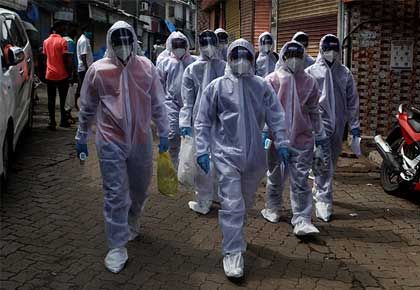


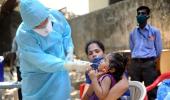






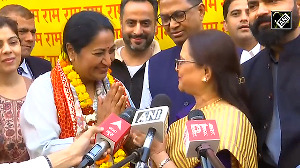
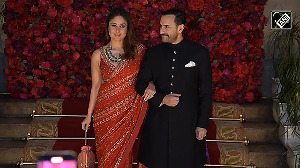
 © 2025
© 2025